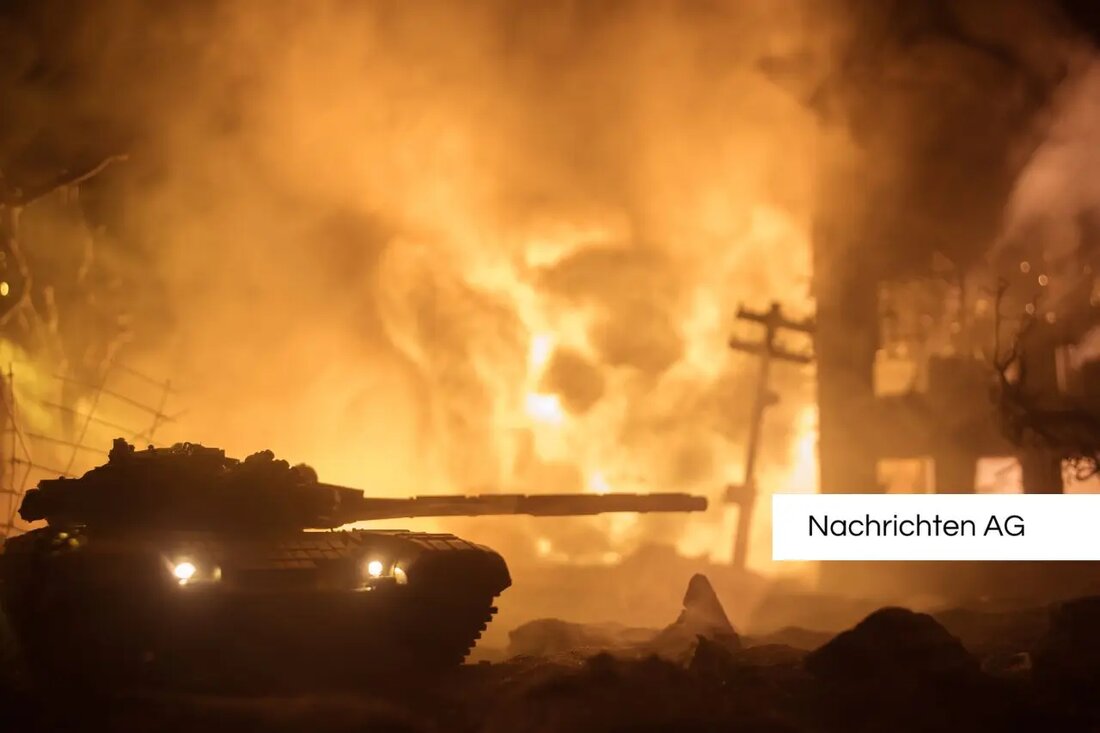Easter march 2025: Peace movement shows flag in NRW!
Easter march 2025: Peace movement shows flag in NRW!
On April 13, 2025, numerous people gathered in North Rhine-Westphalia to take part in the traditional annual Easter marches against upgrading and nuclear weapons. These demonstrations carried the symbol of the peace dust, which could be seen on flags, balloons and T-shirts. The biggest campaign was the Easter March Rhein-Ruhr, which led from Duisburg to Dortmund and is considered the most important event of this kind in the region.
Overall, more than a dozen cities in North Rhine-Westphalia were planning Easter marches, with most events taking place on Holy Saturday. The cities involved included Wuppertal, Hamm, Münster, Bonn, Bielefeld and Cologne. A central concern of the protesters was to support peace initiatives for the Middle East and Ukraine as well as to formulate a clear rejection of upgrading and nuclear weapons. The planned stationing of medium -range weapons was also a hotly debated topic during the march.
tradition and development of Easter marches
The first Easter marches in Germany already took place on Good Friday, April 15, 1960. These protests result in resistance to nuclear weapons in the context of the Cold War. The first Easter March was initiated by political scientist Andreas Buro, who also took part in the march in Braunschweig. The protests widened quickly and became an important platform for political engagement, especially when the movement was more and more concerned with the topic of peace and international disarmament in the early 1960s. In 1963 they were called "Campaign for Disarmament", which focused on more comprehensive peace and disarmament topics.
The Easter March movement has developed over the decades. At the top of the movement, 1968, up to 300,000 people took part in the demonstrations in West Germany. In the 1980s, the Easter marches experienced a revival when around 700,000 participants in various protest campaigns against the neutron bomb and the NATO double decision were mobilized in 1983. However, interest in Easter marches fell until the end of the Cold War before they became more important in crisis years as in 1991 and 2003.
Current protests and topics
in 2022 Easter marches became particularly relevant in relation to the Russian attack war against Ukraine, which also shaped the topics of 2023. The demonstrations took place unhindered again, and for 2024 the topics of Ukraine war and Gaza war are the focus. Current promotions carry titles such as "Peaceful instead of war!", Which underlines the urgency and the goals of the participants.
In addition, a traditional demonstration against the uranium enrichment system in Gronau took place on Good Friday. In Gütersloh, demonstrated for the peaceful use of a former military airport, while a bike tour with several stations was planned in Krefeld on Easter Monday, including at the immigration office and at the former district defense office.
The Easter marches are an important political event that not only shapes the German peace movement, but also takes up international issues and concerns. The continuous commitment to peace and disarmament is reflected in the lively tradition of these marches, which have been claiming their place in the political landscape of Germany for over half a century.
| Details | |
|---|---|
| Quellen | |


Kommentare (0)